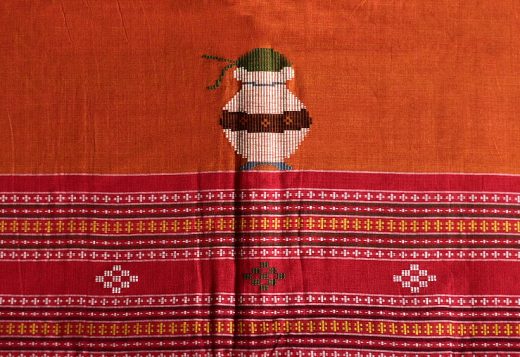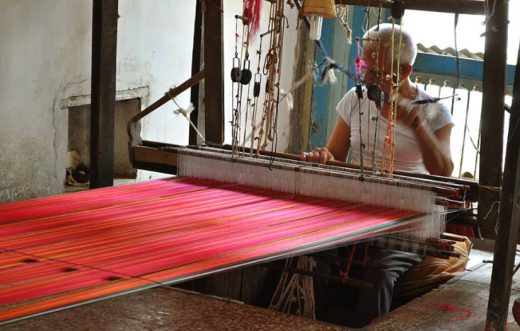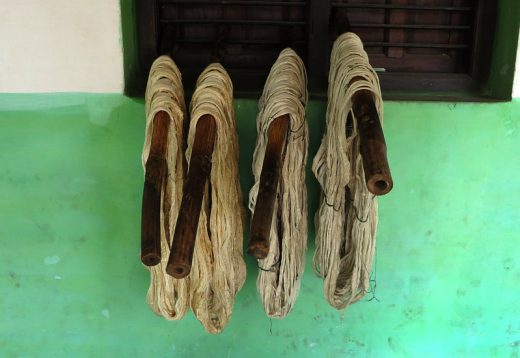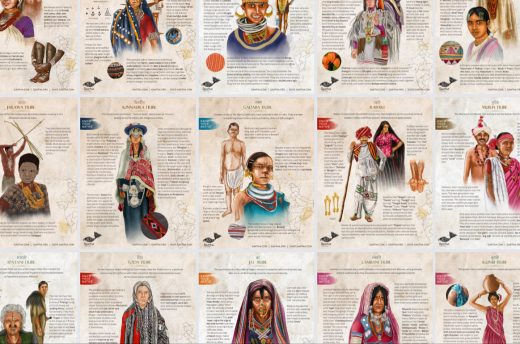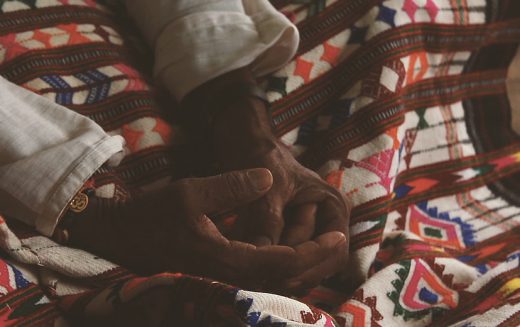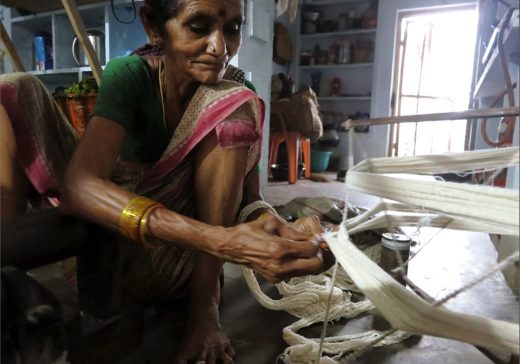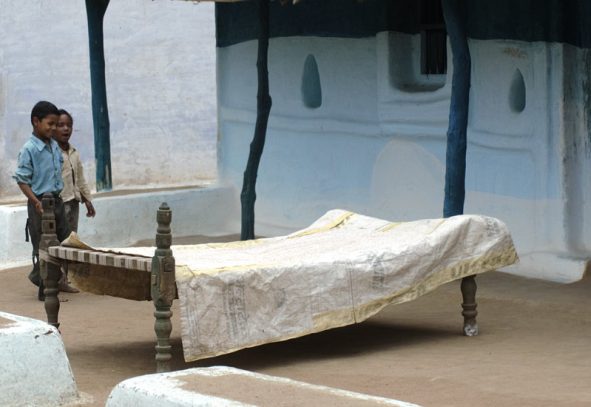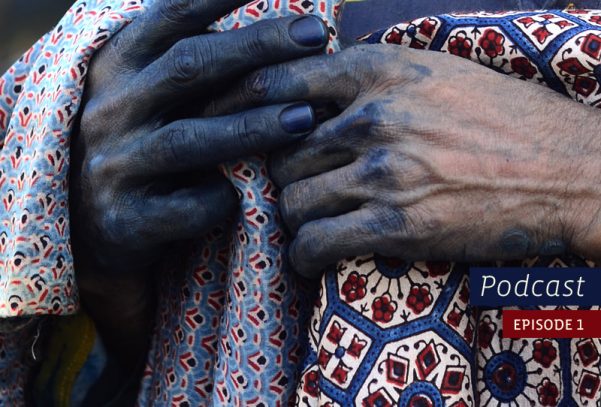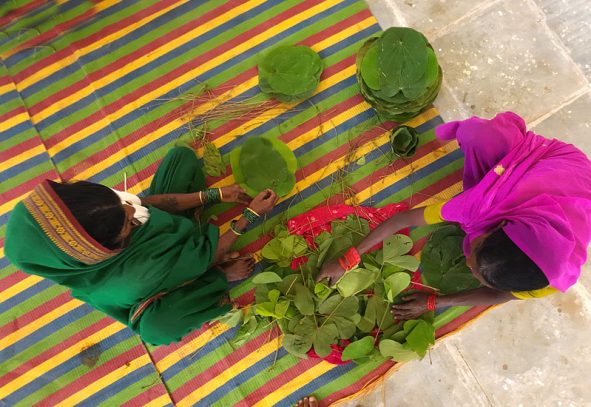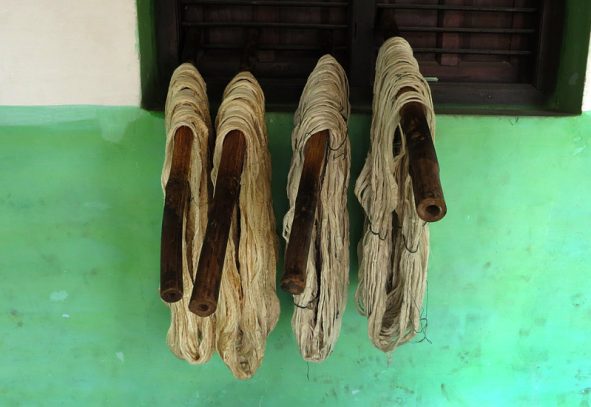Dhalapathara saree used to be the first choice of everyone. Dhalapathara, literally meaning white stone, was at its peak from late 1800s to mid 1900s. It was a regular at weekly markets of Bhubhuneshwar, Calcutta, Sonepat, even in Madhya Pradesh during the 1950s. Oh! the traders from Kolkata used to drool over these Dhalapathara sarees!
Mashru has characteristic bright contrasting stripes in vibrant colours, instantly uplifting the spirits of a desert traveler. It seems that to make up for the lack of colour in the dry barren deserts, the makers of this fabric put every possible colour together in wonderful, lustrous compositions.
Recently, Balkrishna Ravi’s son, Sudhir, had taken a newfound interest in sericulture, the livelihood for
KNOW YOUR NATIVE (INDIAN TRIBE) The distinctly peculiar characteristics of indigenous Indian Tribal communities have
People of dhani grow crops such as jowar and bajra for household consumption as well as selling among fellow weavers thereby creating a sustainable lifestyle locally within the village. Apart from farming in summers they also weave Pattu...
The looms of Pochampalli, Venkatagiri, Narayanpet and Dharmavaram are well-known for their silk and cotton sarees all over India. Each loom is recognized with its distinct weaving style and variety of fabric.
About Gaatha
Gaatha brings to you, traditional handicrafts and the culture
behind them, directly from the very home of the
Indian artisan.
Gaatha
Categories
- Articles (111)
- Crafted with Love (1)
- Craftsmen (23)
- Dialogues (5)
- Events (3)
- Hands on (3)
- Indigenous Knowledge (2)
- Myths & Stories (20)
- People / Organization (2)
- Podcast (1)
- Post Card (3)
- Process (118)
- Products (9)
- Resource (8)
- Tale (160)
- Visits (20)
Like Us On Facebook

Trending

